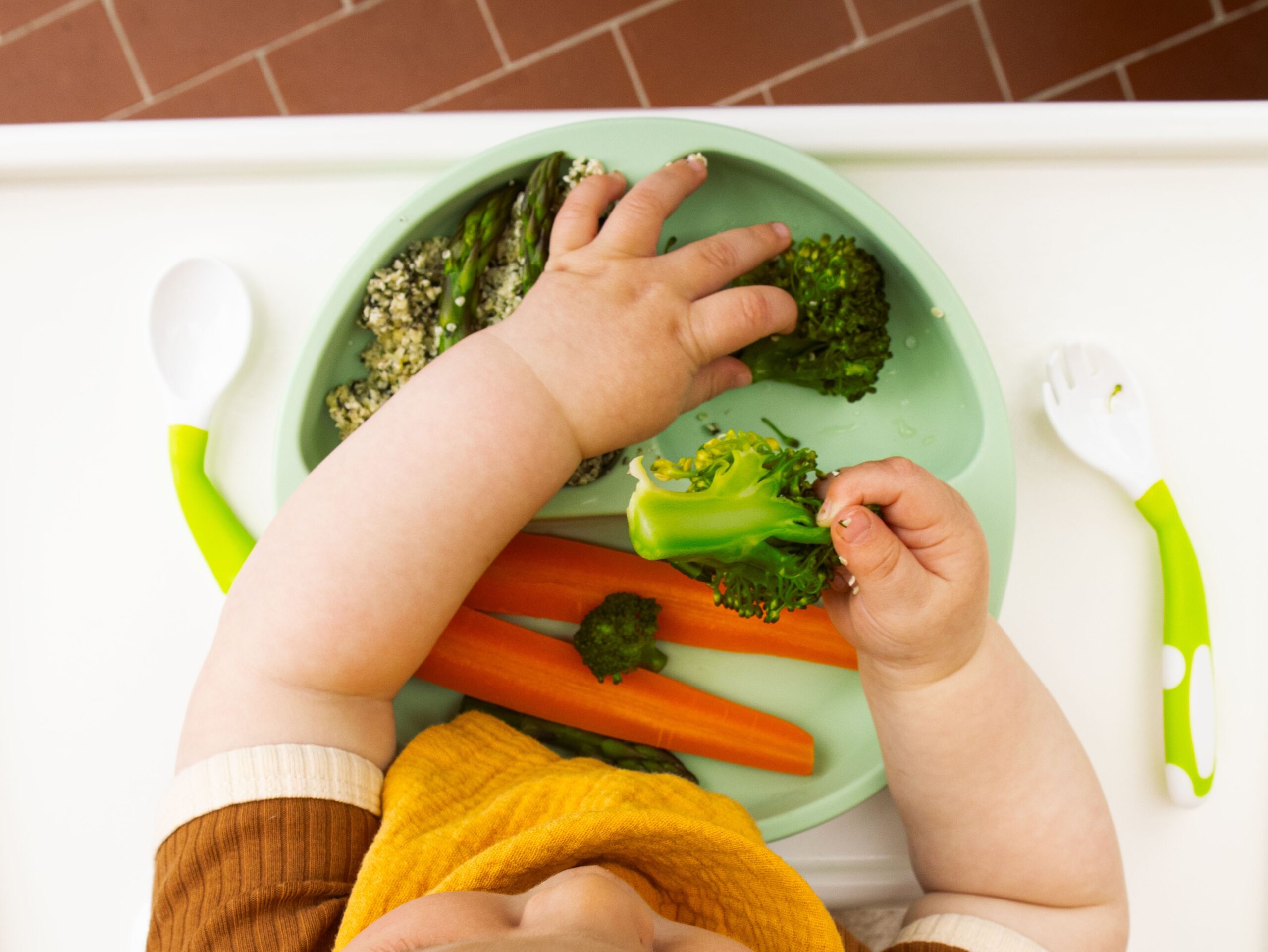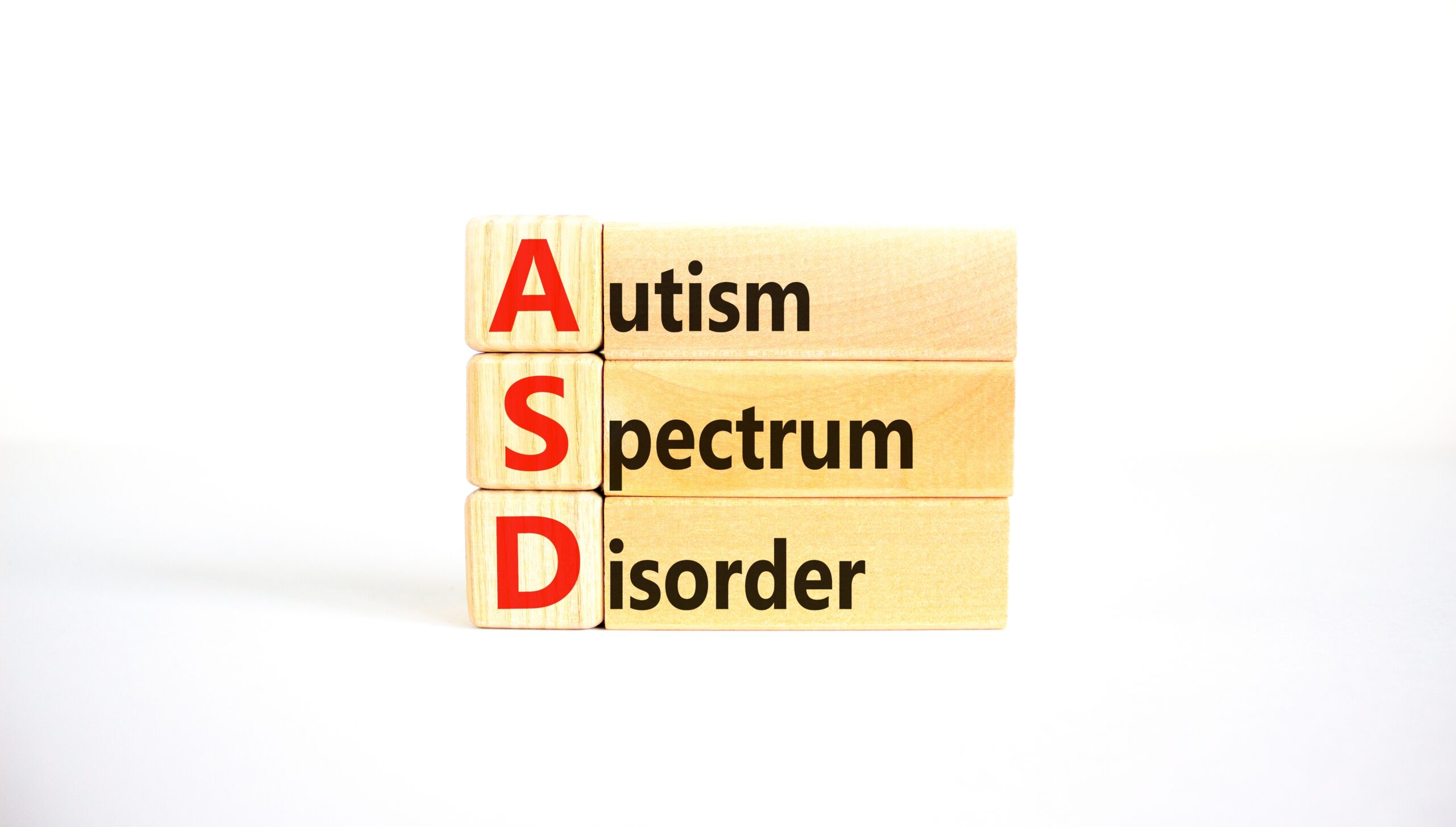What if letting your baby feed themselves—messy hands, mashed sweet potato and all—could fundamentally reshape their relationship with food for life?
Story Snapshot
- Baby-led weaning (BLW) empowers infants to self-feed, fostering autonomy and participation in family meals.
- Stage-specific food choices and expert strategies minimize risks and maximize nutrition during BLW.
- Global adoption of BLW is driven by shifts in medical guidance, parental values, and social media influence.
- Experts stress developmental readiness, supervision, and balanced diets to ensure BLW success and safety.
How Baby-Led Weaning Changed Feeding—And Families
Dr. Gill Rapley’s introduction of baby-led weaning in the early 2000s challenged decades of conventional feeding. Instead of spoon-fed purees at four months, BLW encourages waiting until six months, when infants are developmentally ready to grasp, chew, and explore real foods. The shift was catalyzed by the World Health Organization’s 2003 guidance, which reinforced the idea that babies can safely begin solids at six months, aligning with their natural motor skill development. This deceptively simple change invited a profound rethinking: what if babies weren’t passive recipients, but active participants at the family table?
BLW’s popularity soared through the 2010s, especially in the UK, Australia, and the US, as parents sought gentler, more intuitive approaches to feeding. Online forums, expert books, and video tutorials gave families practical tools and reassurance. Pediatricians and dietitians joined the conversation, offering evidence-based strategies to navigate common anxieties—choking risk and nutritional adequacy. The community aspect of BLW is central; parents share stories, tips, and support, creating a global peer network that reinforces best practices and continually evolves with new research findings.
What Developmental Readiness Really Looks Like
Starting BLW isn’t just about hitting the six-month mark. Experts emphasize the importance of physical milestones. Babies must be able to sit unsupported and show a clear interest in food, reaching for items on the table and mimicking chewing motions. This readiness is a green light for parents to move beyond purees. The process fosters fine motor skills—grasping, pinching, and hand-eye coordination. Supervision is essential. Foods should be soft, cut into manageable sizes, and iron-rich options should be prioritized to prevent nutritional gaps. Family meals become a training ground where babies observe, imitate, and gradually master self-feeding.
Parental concern often centers on safety, particularly choking. Current research and professional guidelines indicate that, when parents follow recommended food textures and supervise closely, BLW is as safe as traditional spoon-feeding. Experts recommend starting with steamed vegetables, ripe fruits, and soft strips of meat or legumes. As skills improve, textures and food variety can expand, mirroring the family’s meals. This approach not only nurtures autonomy but also exposes children to a wide array of flavors and nutrients, setting the stage for broad, adventurous eating habits.
Expert Tips for Confident, Safe Self-Feeding
Successful BLW depends on a blend of patience, preparation, and informed vigilance. Experts advise parents to avoid pressuring their child to eat, instead allowing natural curiosity and self-regulation to guide intake. Maintaining breast milk or formula as the primary nutrition source until 12 months ensures that babies’ dietary needs are met even as they experiment with solids. Iron remains a critical nutrient—meat, eggs, beans, and fortified cereals should be regular features on the plate. Monitoring for allergic reactions, choking hazards, and consistent growth are part of the ongoing process, best managed with professional support and community resources.
Family participation is at the heart of BLW. Shared meals give babies exposure to diverse foods and positive eating behaviors. Parents model chewing, patience, and enjoyment, reinforcing the social and emotional dimensions of eating. Occasional spoon-feeding is permissible if needed, but the primary emphasis remains on infant-led exploration. Professional societies and pediatricians increasingly endorse a flexible, responsive approach, allowing families to adapt BLW principles to their unique circumstances while safeguarding nutrition and safety.
Why The BLW Debate Matters—And What Comes Next
The conversation around BLW is far from settled. Some experts warn of potential nutritional gaps and choking risks, especially when iron-rich foods are overlooked or textures are inappropriate for skill level. Others highlight the developmental and psychosocial benefits, such as reduced picky eating, improved oral motor skills, and healthier lifelong eating patterns. Parents and practitioners must navigate a landscape of evolving guidelines, emerging research, and diverse expert opinions. What remains clear is the growing consensus: when done thoughtfully, BLW can offer families a rewarding, low-stress path to introducing solids, rooted in common sense and respect for each child’s natural development.
As BLW continues to spread and mature, the focus is shifting from rigid doctrine to personalized, practical strategies. The movement’s greatest legacy may be its challenge to conventional feeding wisdom—a reminder to trust babies’ instincts, foster independence, and make mealtimes a celebration of discovery. This is more than a feeding method; it’s a philosophy that honors the messy, marvelous journey of growing up at the table.
Sources:
Wikipedia








